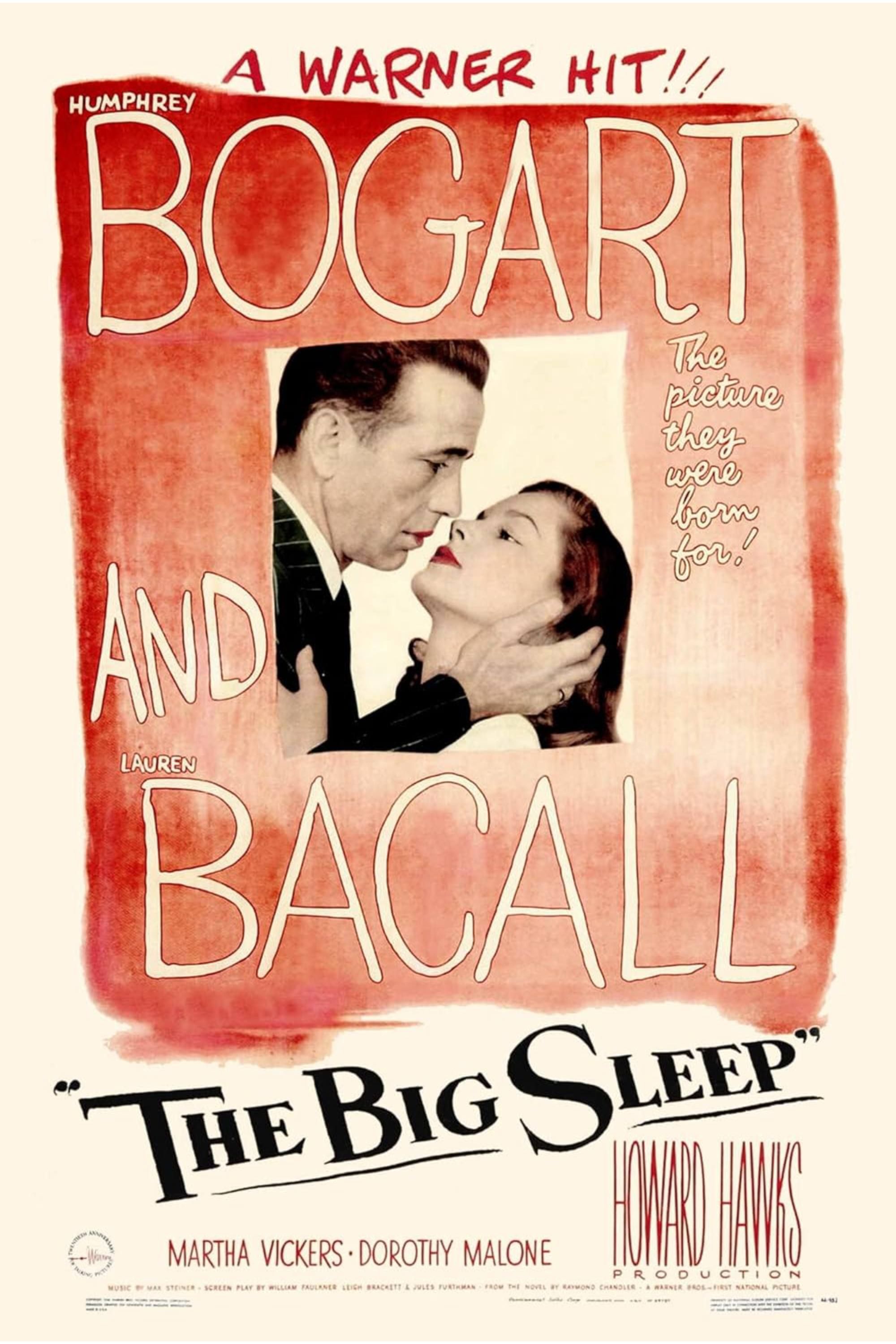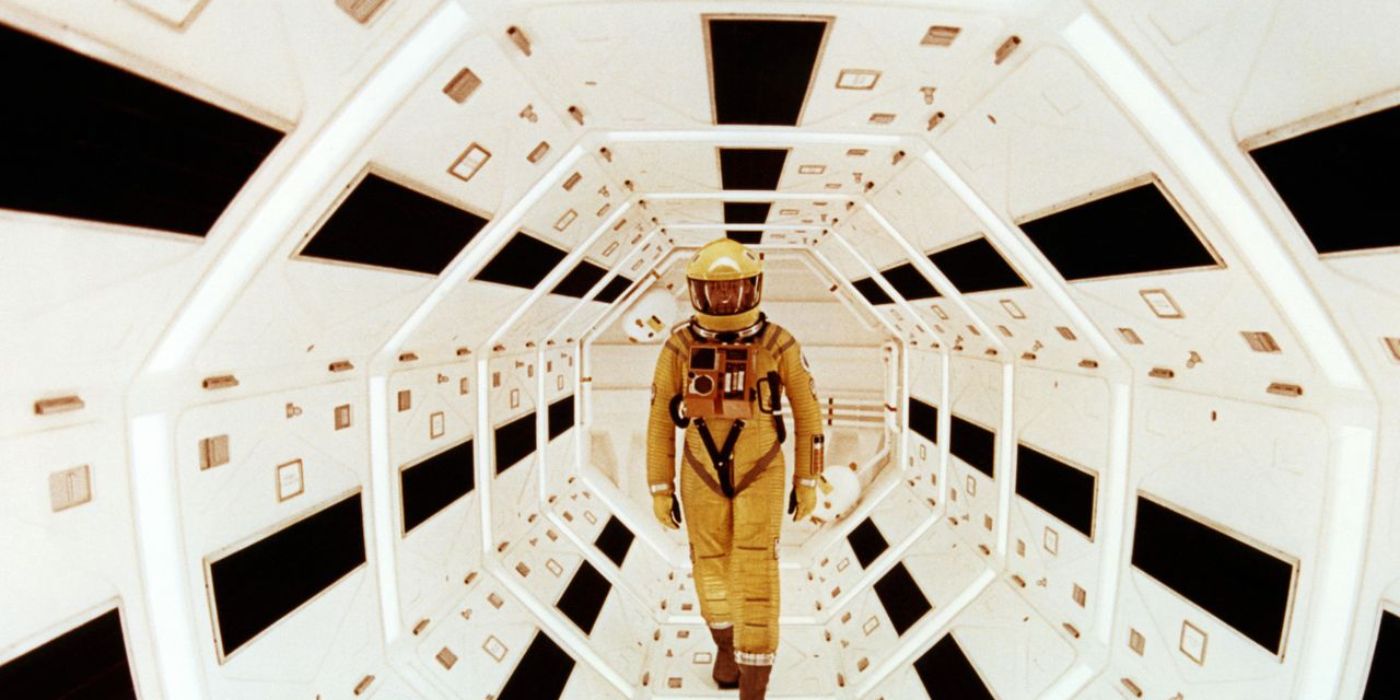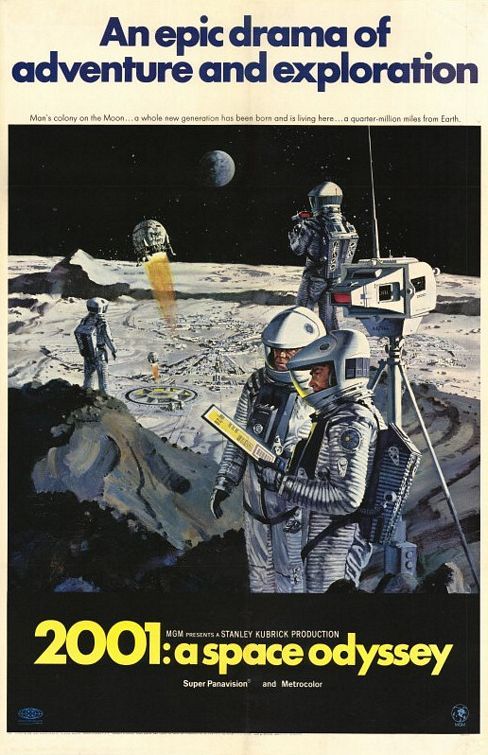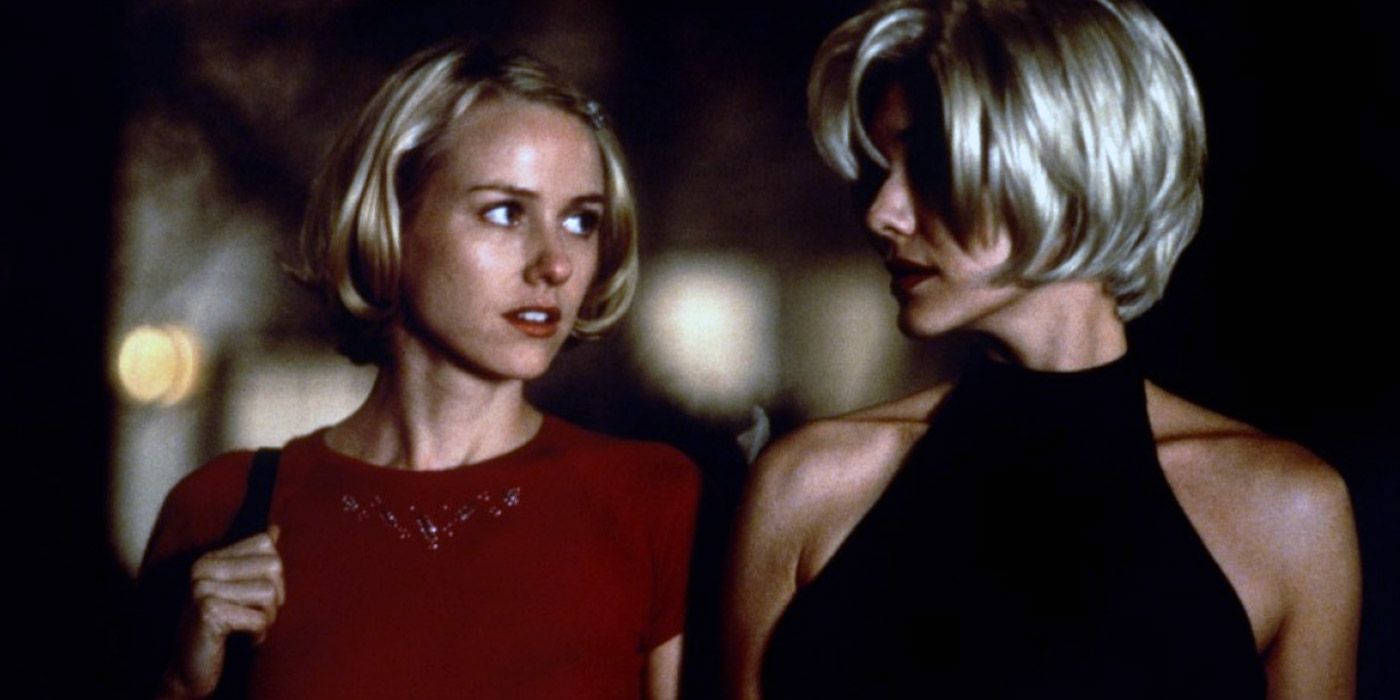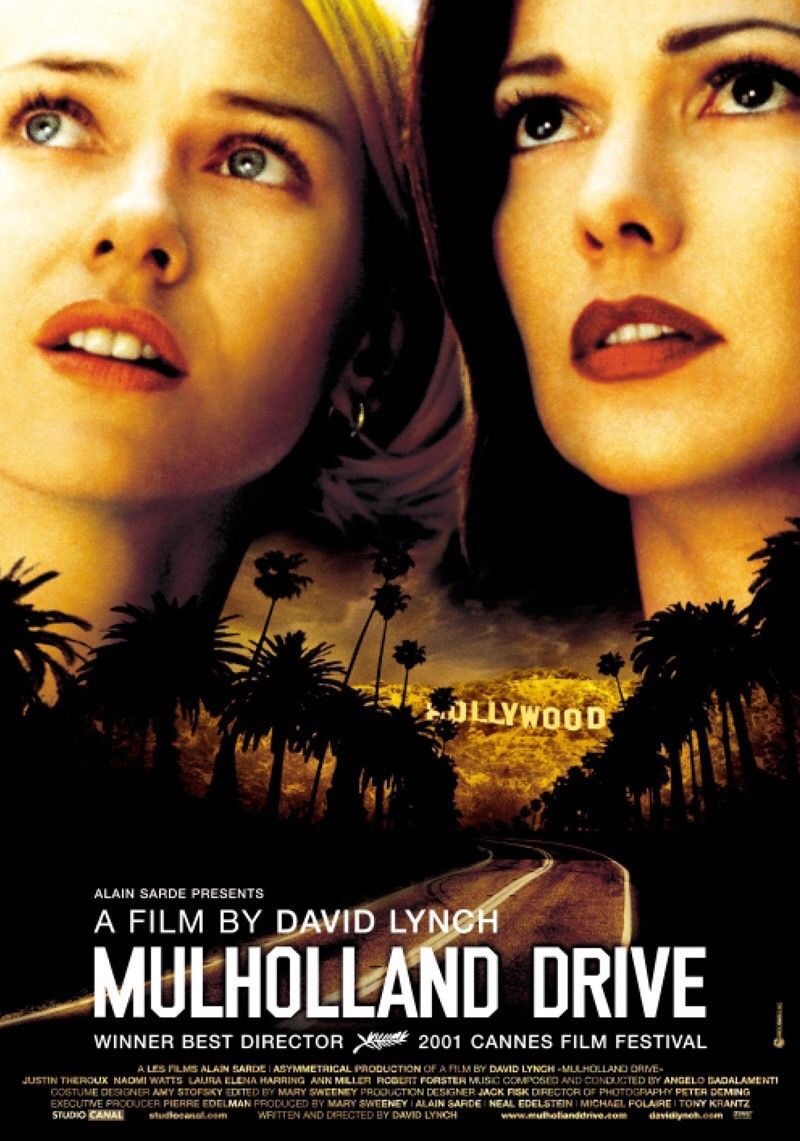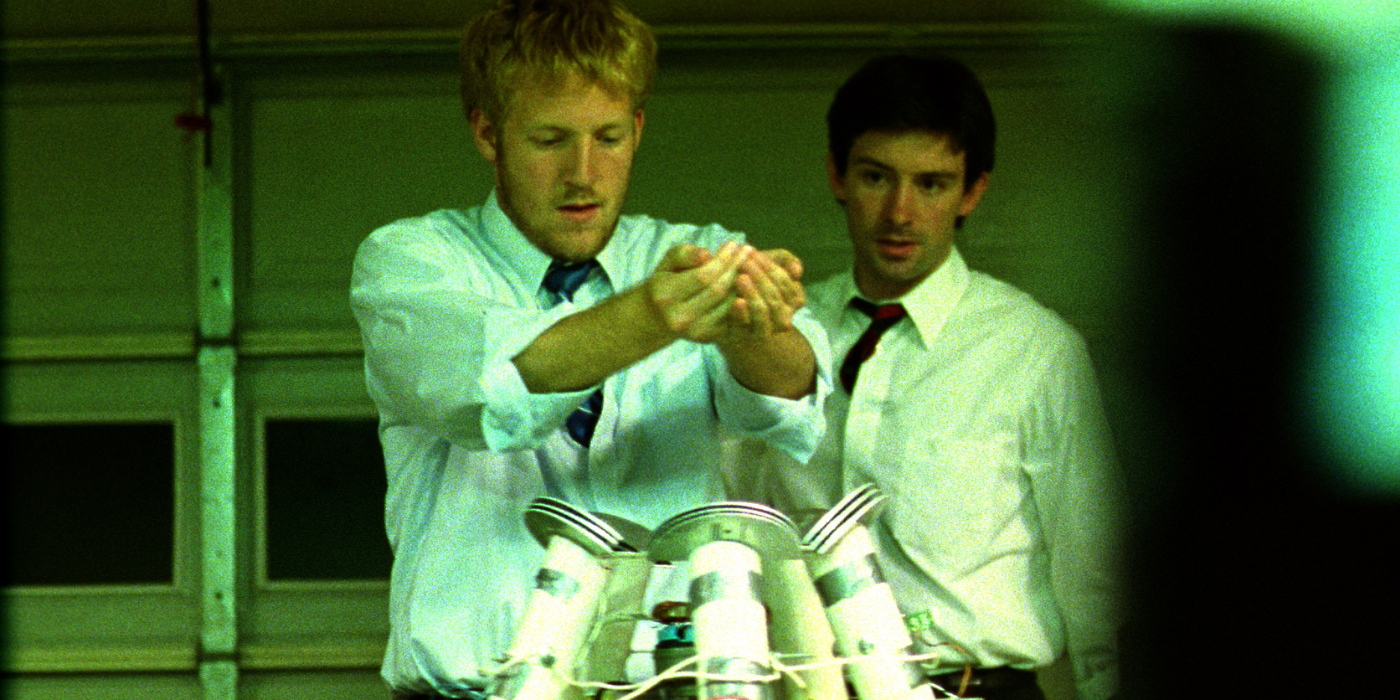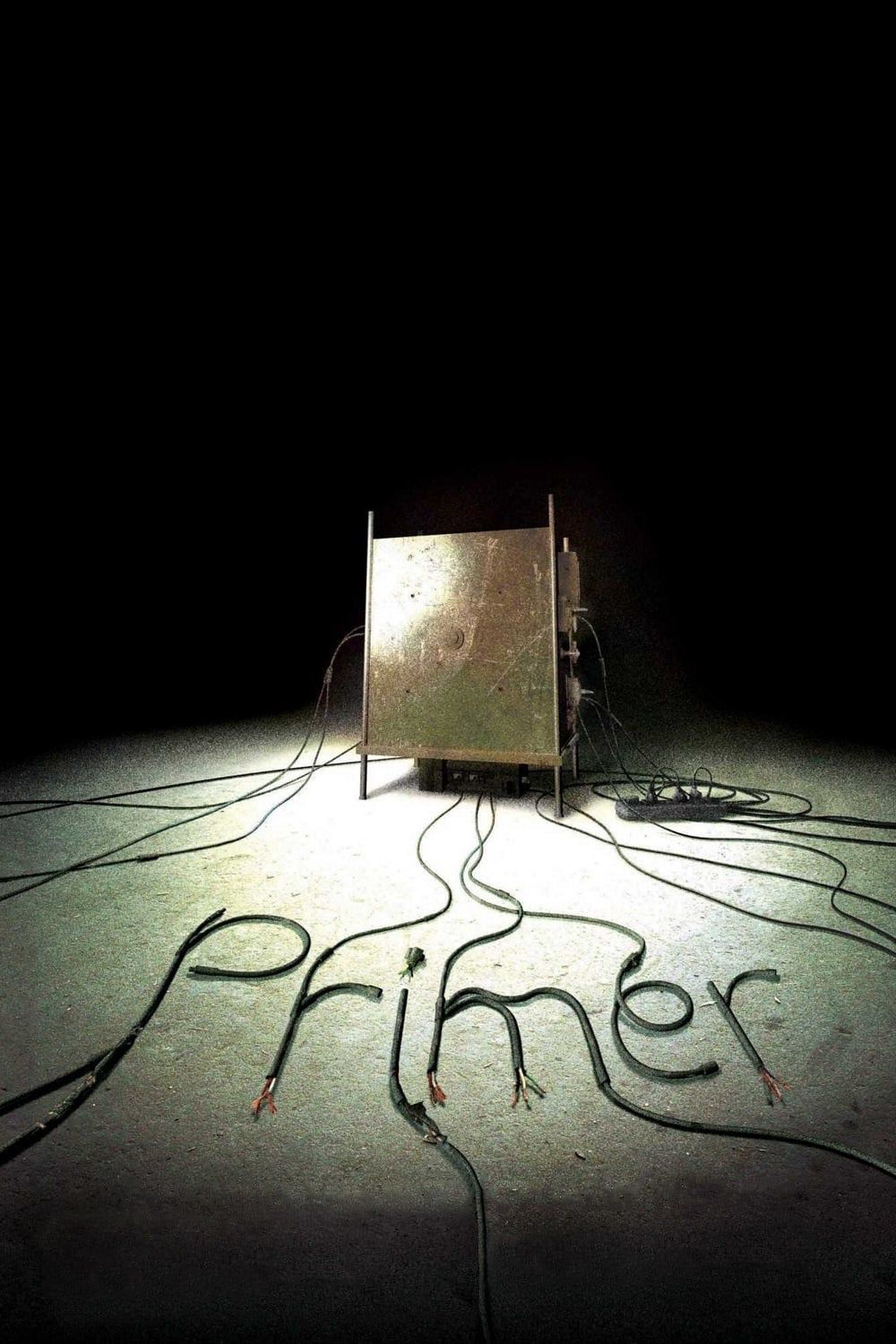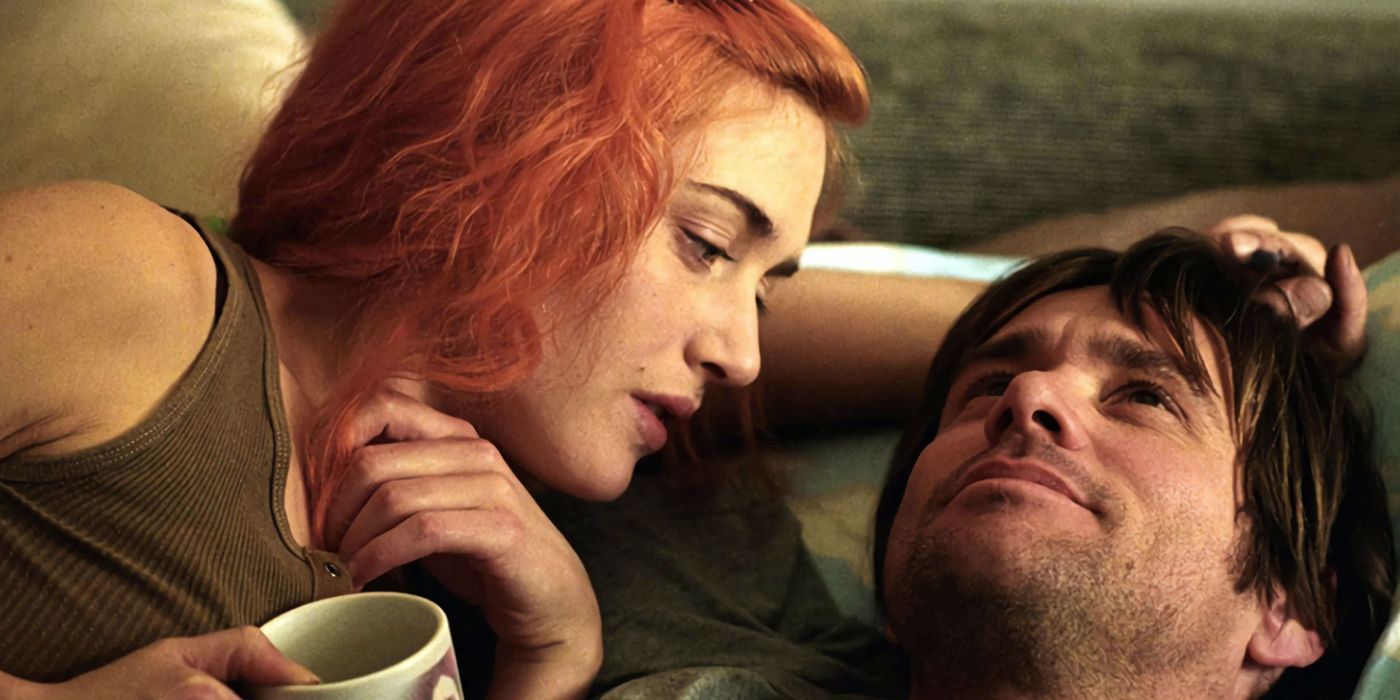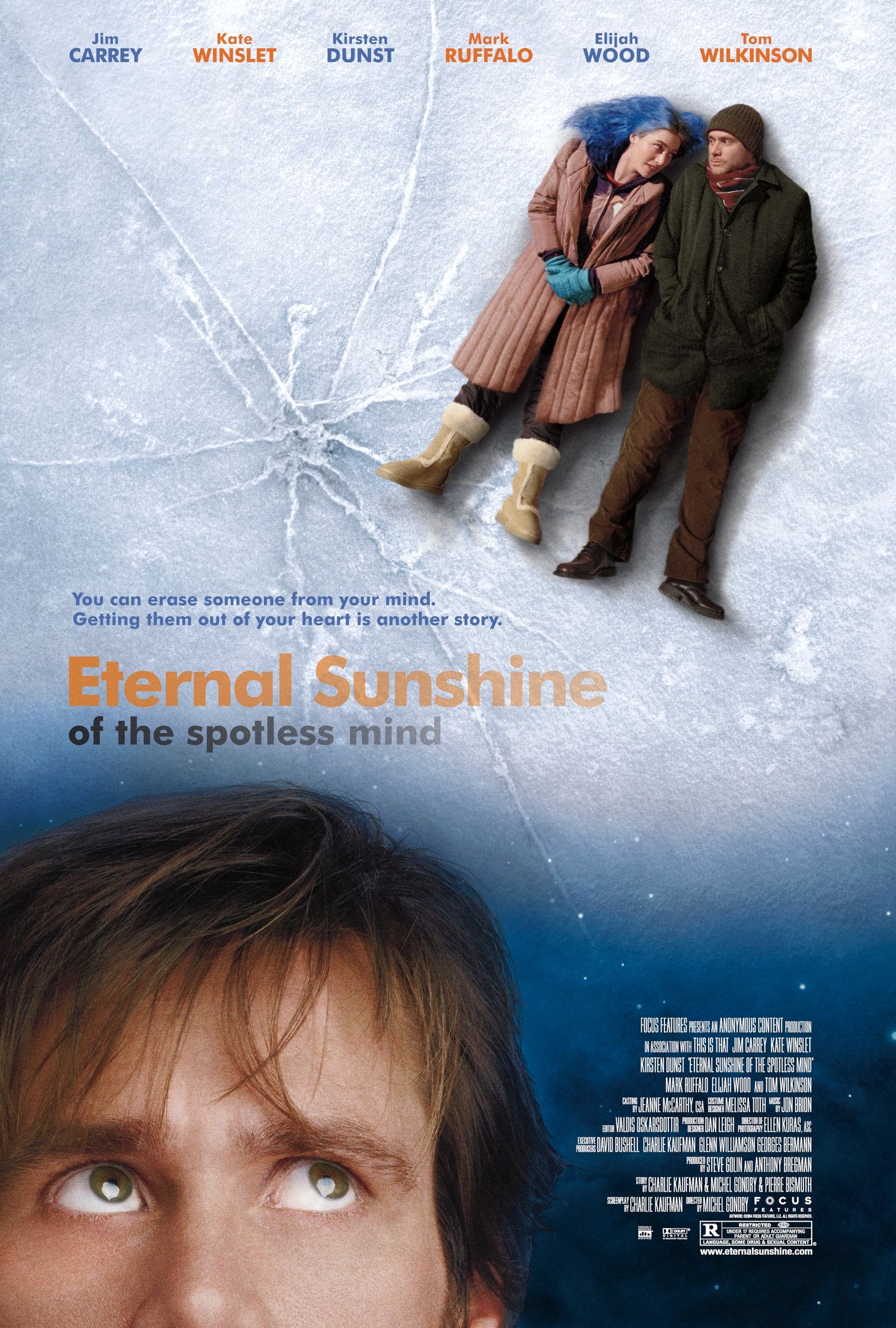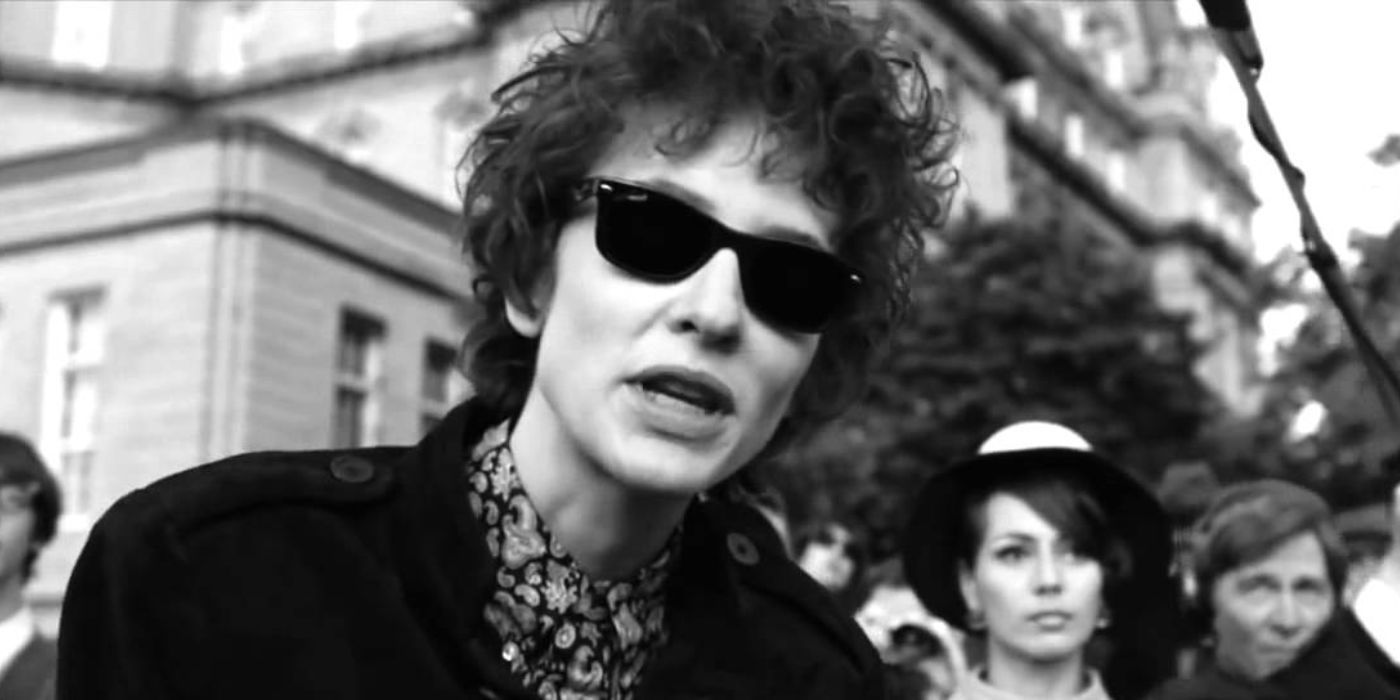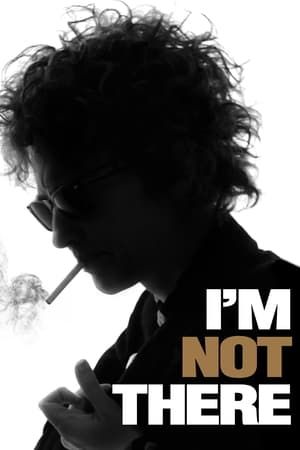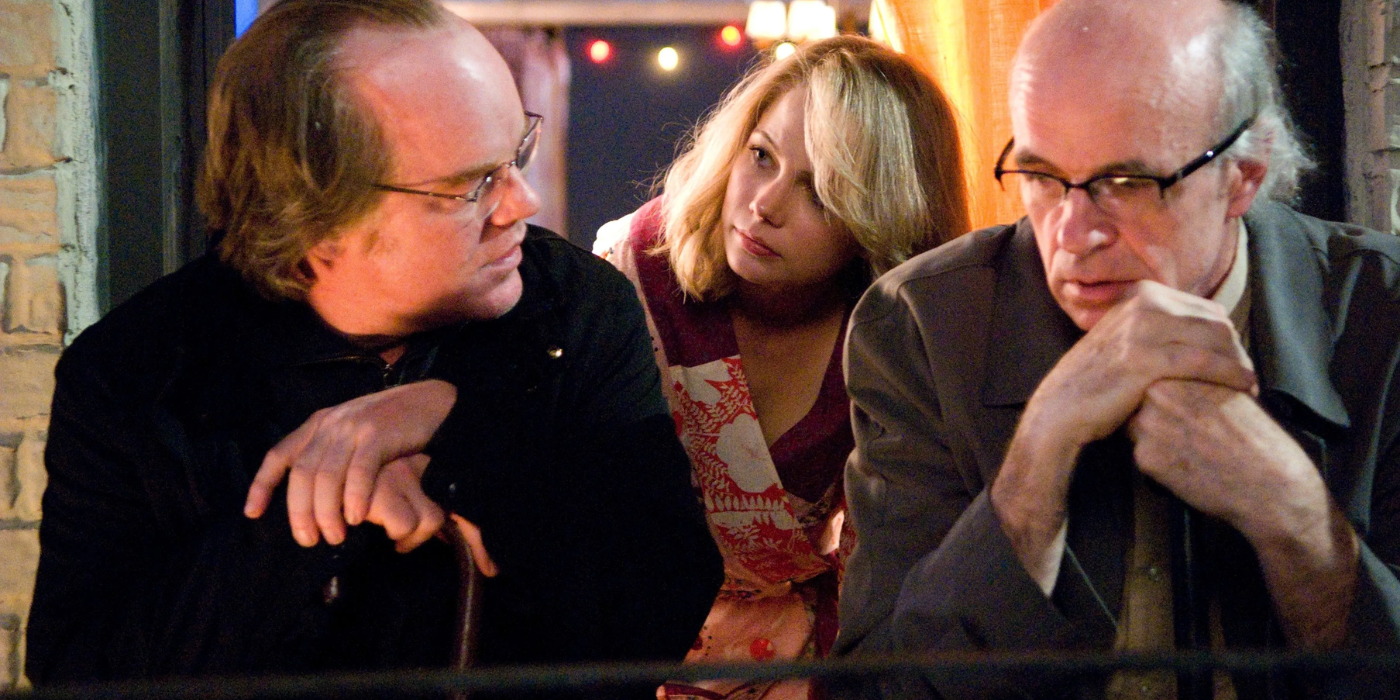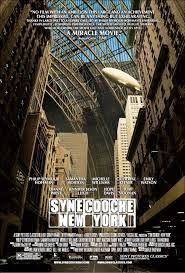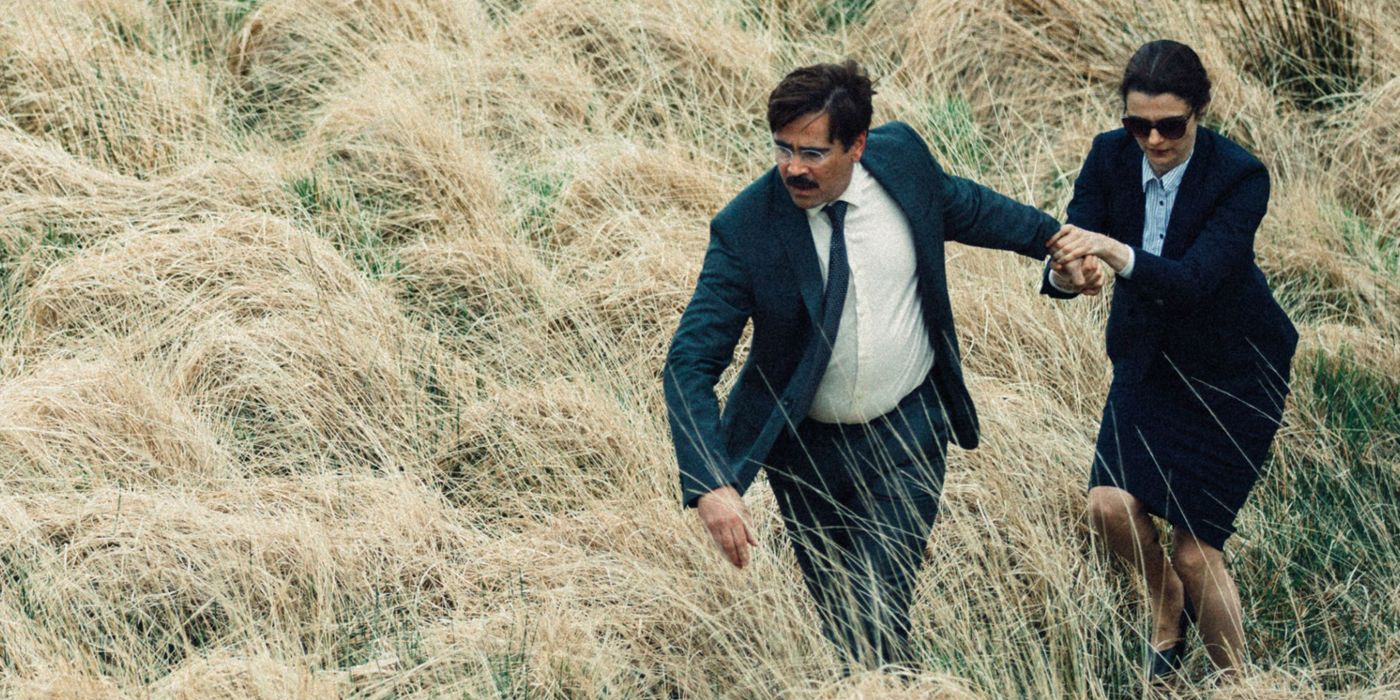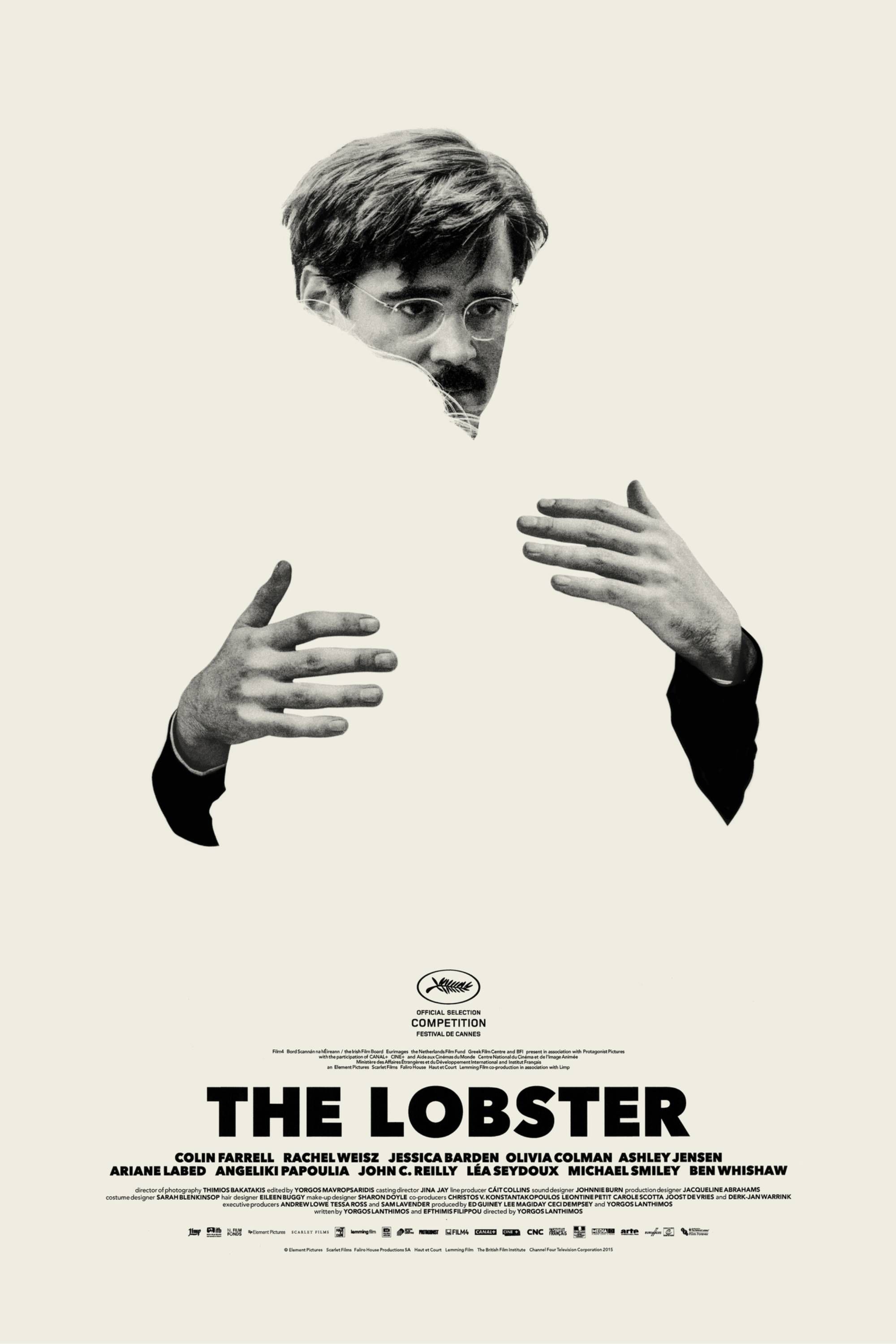Summary
- Rewatching confusing films like The Big Sleep can reveal hidden narratives and add layers of understanding to the overall story.
- Films like 2001: A Space Odyssey challenge viewers with complex themes that become clearer upon repeated viewings.
- Movies like Primer and Mulholland Drive may require multiple rewatches to fully grasp their dense and intricate plots.
When I think of the most rewarding film-viewing experiences I’ve ever had, I have to give kudos to the confusing movies that I only properly understood upon a rewatch. While it’s great to have a film that can be immediately understood, sometimes actors, directors, and writers release more challenging works that must be revisited and reinterpreted through multiple screenings that add to our understanding of the overall narrative. This can be enjoyable as new details reveal themselves, and I pick up on narrative clues that went over my head the first time around.
I’ve found that some of the greatest directors who ever lived have also produced extremely confusing movies that must be rewatched to fully take in all the complex themes and ideas they presented. A director like David Lynch was known for his absurdist, dreamlike style, so I never gave myself a hard time if I needed to rewatch one of his movies before I fully understood it. Rewatching a film for the second time can often be better than the first viewing, as confusing movies become easier to understand in the context of the entire narrative.
8 The Big Sleep (1946)
Directed by Howard Hawks
The Big Sleep was among the best film noirs ever made and was also the very first film noir I ever watched. As a young film fan, I was excited to see this adaptation of Raymond Chander’s classic hardboiled detective story and immediately connected with the performances of Humphrey Bogart and Lauren Bacall. However, upon first viewing, I have to admit that once all the conspiracies had been uncovered and Detective Philip Marlowe had solved the case, I was incredibly confused and wasn’t fully sure I understood its convoluted resolution.
Having grown fond of film noirs, I learned this was the case with many 1940s detective stories and that, as a viewer, you’ve just got to go along for the ride. While there were plenty of twists and turns, a moody atmosphere, and a morally dubious femme fatale, the most enjoyable part of The Big Sleep was its style and how it presented its story. Upon rewatching, I enjoyed The Big Sleep without worrying about its confusing aspects and having seen it multiple times, I can comfortably say I mostly get it.
7 2001: A Space Odyssey (1968)
Directed by Stanley Kubrick
When I watched 2001: A Space Odyssey for the first time, it was clearly a masterpiece of cinema, but it also felt like I was missing something. From its epic prehistoric introduction to the elusive alien monolith, I understood this was a film rife with meaning and symbolism. However, unlike other Stanley Kubrick films that I felt I got right away, such as The Shining and Full Metal Jacket, 2001: A Space Odyssey left me scratching my head as the credits rolled.
Despite its confusing nature, I returned to 2001: A Space Odyssey and connected with its themes of mankind’s origins and the universe’s destiny. While the meaning of the monolith was lost on me the first time around, when rewatching, I felt it connected the disparate aspects of the film and gave it a cohesive message about our evolution from ape-like primates into space-traveling explorers. I can’t say I understand every minute detail of 2001: A Space Odyssey, but every time I watch, it reveals new dimensions of itself to me.
6 Mulholland Drive (2001)
Directed by David Lynch
The work of director and visionary David Lynch has always been best interpreted individually, rather than trying to place some definitive meaning on it. As a filmmaker who has always connected with the more absurd and dreamlike aspects of existence, the confusing nature of Lynch’s films extended into Mulholland Drive. This powerful psychological thriller is best described as an inscrutable mystery box, and I did not get it the first time around.
Mulholland Drive was so confusing upon first viewing because it originated as a television pilot and was filmed in a way that kept the story open-ended for a potential series. With a dreamlike feeling that brought to mind themes of celebrity, Hollywood, and falsities, watching Mulholland Drive for the second time was a much more enjoyable experience because I knew what to expect. With the knowledge that it would never come together as a cohesive whole, I could accept the film on its own terms and make my own meaning from Lynch’s cryptic vision.
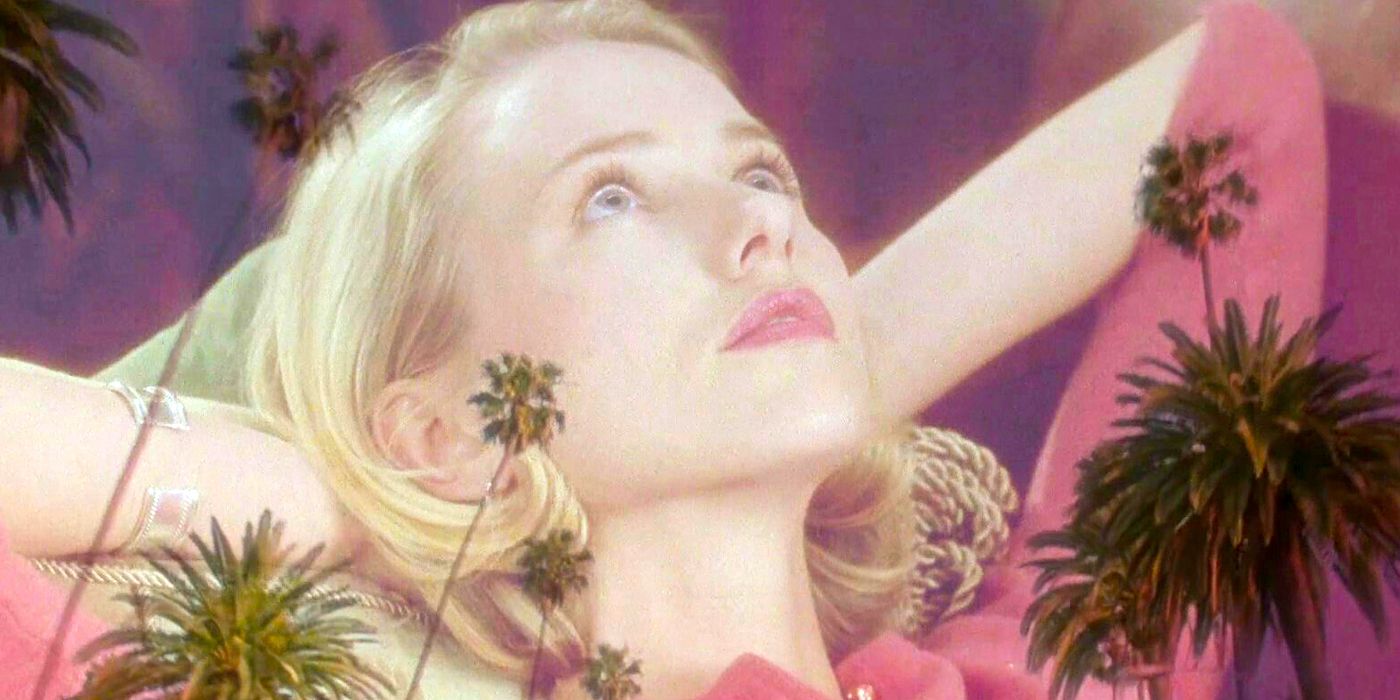
Related
David Lynch’s DVD Clues To “Unlocking” Mulholland Drive
For David Lynch’s Mulholland Drive DVD release, the famously tight-lipped director added 10 clues for viewers to use to unlock the story.
5 Primer (2004)
Directed by Shane Carruth
The cult sci-fi movie Primer presented time travel in a way I had never previously encountered in a feature film. I believe describing Primer as merely confusing would be a disservice, as its script was so dense and complex that it truly boggled the mind upon first viewing. Written, directed, produced, and starring Shane Carruth, Primer was truly a singular vision that did not dumb itself down to appeal to the average viewer and required multiple rewatches to really get the hang of what exactly it all meant.
Primer was made on a shoestring budget of just $7,000 and took in an impressive $841,926 (via The Numbers) at the box office. I imagine a lot of its earnings came from viewers returning to the theaters for a second chance to understand everything that went on. Primer was confusing, and I won’t get into the specifics of trying to break it down beat by beat. But those willing to put in the time and return for repeated viewings will be rewarded with a highly enjoyable and satisfying time-travel movie.
4 Eternal Sunshine of the Spotless Mind (2004)
Directed by Michel Gondry
Eternal Sunshine of the Spotless Mind was an extraordinary sci-fi romance that told the story of Joel Barish (Jim Carrey) having the memory of his old girlfriend Clementine Kruczynski (Kate Winslet) erased from his mind. While the major plot points were not difficult to understand, the non-linear nature of Eternal Sunshine of the Spotless Mind meant I did not notice the nuances of its story until the second viewing. While I enjoyed it the first time around, it was upon rewatching that it became one of my all-time favorite films.
Jim Carrey gave one of his very best performances as Joel and I connected with the heartfelt vulnerability of the story in Eternal Sunshine. Only after watching it twice did I realize Joel and Clementine were meeting again after having already erased their previous relationship. The cyclical nature of Eternal Sunshine presented a powerful message about the need to work through our feelings naturally and that even though breaking up hurts, it’s necessary to feel that pain and hold onto our memories of past love.
3 I’m Not There (2007)
Directed by Todd Haynes
The first time I watched Todd Hayne’s unusual Bob Dylan biopic, I’m Not There, I was a casual fan of the iconic folk singer but did not have in-depth knowledge of his life story and history. I quickly realized this was a mistake, as I’m Not There was not a typical biopic, and instead, six different actors were cast to play the many facets of Dylan’s public persona. While I enjoyed Cate Blanchett’s portrayal of Dylan in his classic mid-1960s era, Christian Bale playing a born-again Christian completely went over my head.
I returned to I’m Not There years later and found upon a rewatch that what had previously confused me was now rife with meaning as I understood more about Dylan’s life story. I could appreciate how Marcus Carl Franklin, playing an 11-year-old African American boy named Woody Guthrie, was linked to Dylan’s earliest influences in folk music. When rewatching for the second time, I realized that Richard Gere’s role as Billy the Kid was intrinsically linked to Dylan’s real-life movie role in the film Pat Garrett and Billy the Kid.
2 Synecdoche, New York (2008)
Directed by Charlie Kaufman
When watching Charlie Kaufman’s postmodern drama Synecdoche, New York, I was first struck by its grand scope. With Philip Seymour Hoffman as an ailing theater director staging an elaborate production where the lines between reality and performance blurred, I was focused on just taking it all in during my first viewing. As the story progressed over decades, Caden Cotard’s play became increasingly complex. I have to admit, at times, I got lost amid the dense script, insightful symbolism, and careful attention to detail in Synecdoche, New York.
After the credits of Synecdoche, New York rolled, I knew I had seen a special film, but I also knew I wanted to watch it again with knowledge of the full story. The second viewing became an even more enriching experience, as details about Caden’s life and those around him that had previously gone over my head were as clear as day. I think Synecdoche, New York was Charlie Kaufman’s greatest film and the summation of all the themes he has previously explored in works like Being John Malkovich and Adaptation.
1 The Lobster (2015)
Directed by Yorgos Lanthimos
Yorgos Lanthimos is one of the most interesting and unique directors working today. Still, I have to admit that his unconventional style and darkly comic narratives can often take multiple viewings to hit home. The Lobster was one of these movies, as although I could appreciate the satirical black comedy at the heart of its concept, its deadpan narrative was alienating when seen for the first time. I was impressed by Colin Farrell’s reserved performance, but the true genius of The Lobster was not immediately apparent to me.
However, when watching The Lobster for the second time, I was struck by how effectively the film deconstructed societal expectations around love and romance. When rewatching The Lobster, I noticed many hidden details, such as the various animals that unsuccessful singletons had been turned into looming in the background. The Lobster was an eccentric and substantial film with much more to offer than was initially obvious when experienced for the first time.
Source: The Numbers



